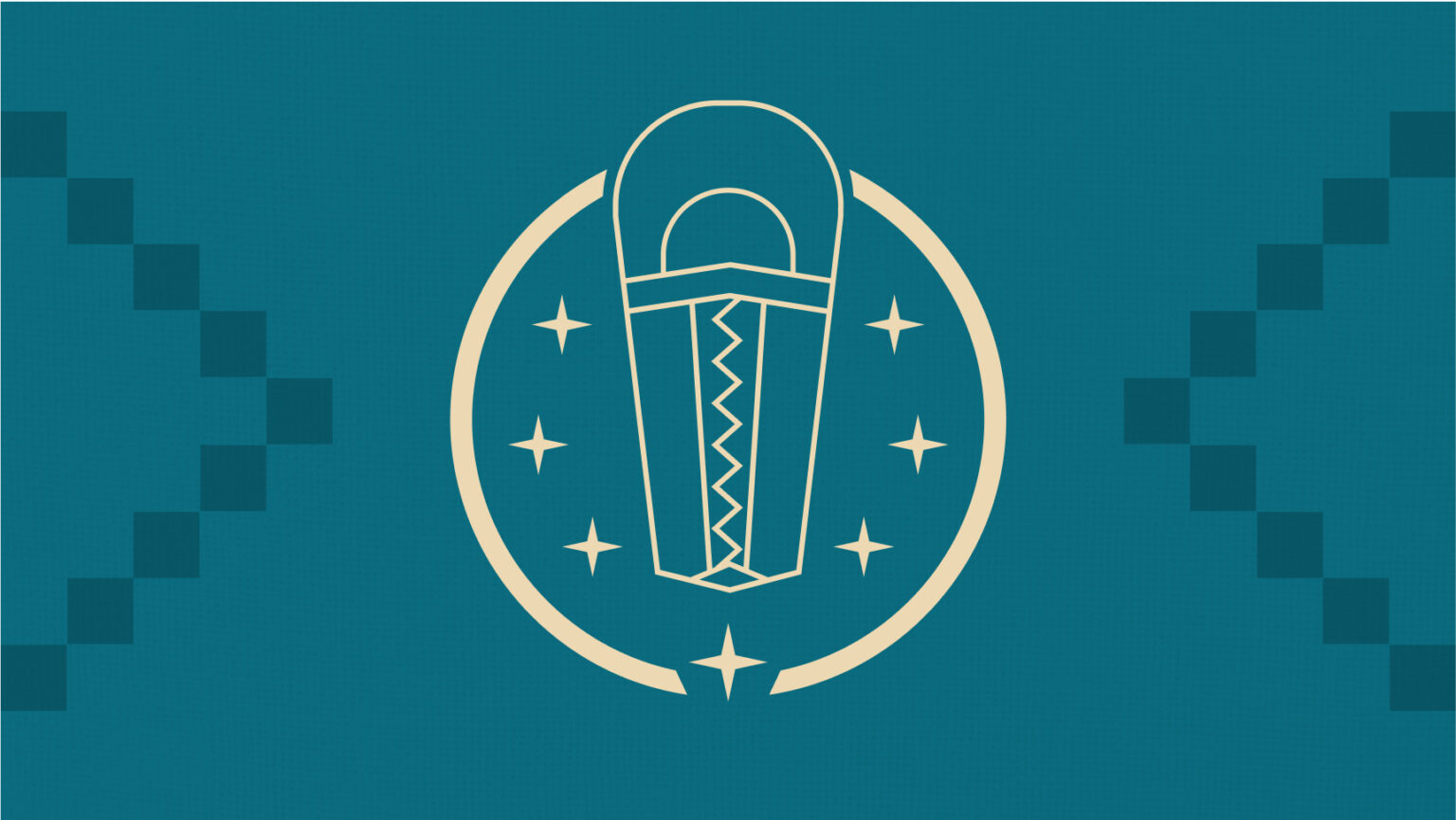Edits made to Parts 5 and Parts 6: May 23, 2023
State of American Indian and Alaska Native Children and Families Report
The State of American Indian and Alaska Native Children and Families Report is a six-part series of data briefs that presents current data on American Indian and Alaska Native (AI/AN) child and family well-being. Each data brief covers an aspect of well-being data, including economic indicators, adverse childhood experiences (ACEs), child welfare system involvement, mortality rates and causes, and behavioral health and substance use. These data briefs are followed by a set of proposed questions for future directions in policy, practice, and research. This report is funded by the San Manuel Band of Mission Indians.
Below is a description of the six parts of the report.
Part 1: How is the American Indian/Alaska Native Child Population Defined?
- Part one explores the complexities of defining a population with a unique political status in the U.S. and its implications for data collection and meaningful available data about this population.
Part 2: Economic Conditions
- Part two reports data related to economic conditions and their impact on child well-being. Data indicates Native people in the labor force were hit particularly hard during the initial months of the COVID-19 pandemic.
Part 3: Adverse Childhood Experiences and Historical Trauma
- Part three explores adverse childhood experiences (ACEs); the disparate number of ACEs that Native children experience; and the link to poor physical, mental, and behavioral health outcomes.
Part 4: Mortality Data
- Part four shares data related to Native mortality rates over time. Relative inequalities in Native mortality remain for most indicators, with higher risk of premature death among Native peoples persisting (especially in comparison with the White population) over time.
Part 5: Child Welfare
- Part five focuses on the experience of Native children and youth at the early to mid-points of their involvement in state child welfare systems—beginning with suspected maltreatment and followed by entry into the foster care system.
Part 6: Future Directions
- Part six explores questions to guide future directions in data collection, policy, practice, and research.
At NICWA, we believe that research should be in service to Native communities. That means that we strive to gather and report the best available knowledge about current developments in child welfare to inform policy and practice. As tribal communities are increasingly looking for data to help guide their services and to help secure funding for their child welfare, mental health, and family support programs, the NICWA research staff conducts research in partnership with communities in ways that are sensitive to historical traumas, respect tribal sovereignty, and acknowledge community needs, values, cultures, and traditions. To learn more about NICWA’s research, visit www.nicwa.org/our-research-expertise/.
NICWA Director of Research
psahota@nicwa.org
